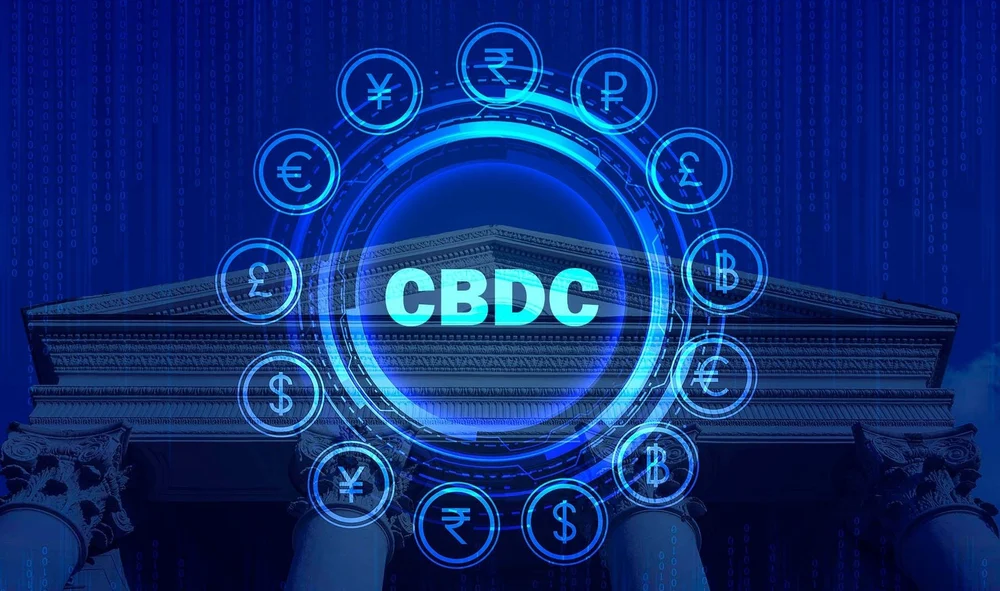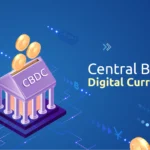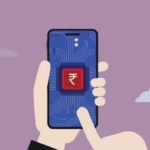Programmable Money: How Smart Contracts in CBDCs Will Change Government Welfare Distribution
The financial world is buzzing about Central Bank Digital Currencies (CBDCs), but there’s one feature that’s a total game-changer: programmable money. This futuristic concept isn’t just some blockchain hype—it’s a reality being woven into CBDCs globally, including India’s Digital Rupee.
At the heart of programmable money are smart contracts—self-executing code that automatically performs actions when conditions are met. For government welfare distribution, this tech is about to revolutionize how subsidies, pensions, and aid are delivered, making them more efficient, transparent, and corruption-proof.
Let’s deep dive into how programmable money and smart contracts in CBDCs can overhaul welfare systems and why India stands to gain massively from this digital evolution.
What is Programmable Money in CBDCs?
Programmable money means the digital currency itself can be coded with rules and logic. Unlike cash or even traditional digital payments, programmable CBDCs can:
- Release funds only when specific conditions are met
- Limit how, when, and where money can be spent
- Automate compliance and reporting without human intervention
Smart contracts power this programmability—blockchain-based agreements that automatically enforce terms once pre-set rules trigger.
Current Welfare Distribution Challenges
India’s government welfare programs are massive but face chronic issues:
- Leakages and Corruption: Middlemen siphon funds before they reach beneficiaries.
- Delayed Payments: Manual processes cause frustrating delays.
- Fraud and Ghost Beneficiaries: Payments to non-existent or ineligible recipients.
- Lack of Transparency: Difficult for citizens and watchdogs to track funds.
These problems drain resources and reduce the impact of social programs designed to uplift millions.
How Smart Contracts in CBDCs Will Fix These Problems
- Conditional Disbursements
Funds can be programmed to release only after verification of eligibility—for example, a farmer receives subsidy payments only if they’ve registered with the agriculture department and fulfilled crop reporting requirements.
- Targeted Spending
Money given as welfare can be restricted to specific uses—say, nutrition vouchers can only be spent on food items, or education funds only at accredited schools.
- Instant and Automated Payments
Smart contracts eliminate paperwork bottlenecks. Once conditions are met, payments go directly to beneficiaries instantly without human delays.
- Real-Time Transparency and Auditability
Every transaction is recorded on an immutable ledger. Citizens and regulators can track where money is going in real time, slashing corruption opportunities.
- Expiry and Refunds
Unused funds can expire or be automatically returned to the treasury after a certain period, ensuring efficient use of resources.
India’s Digital Rupee and Programmable Welfare: A Perfect Match
India is already a trailblazer in fintech with UPI and Aadhaar-linked DBT (Direct Benefit Transfer). Adding programmable money to Digital Rupee wallets can:
- Streamline massive welfare schemes like PM-KISAN, LPG subsidies, or MNREGA payments.
- Empower rural and underbanked populations with digital wallets linked to government benefits.
- Reduce fraud by integrating biometric authentication and eligibility checks.
- Enable dynamic policy experiments—government can easily tweak conditions or pilot new welfare formats without overhauling systems.
Challenges and Considerations
- Digital Literacy: Beneficiaries need basic tech skills and access to digital wallets.
- Privacy Concerns: How to balance transparency with personal data protection?
- Infrastructure Readiness: Need for robust, scalable CBDC platforms and smart contract standards.
- Legal & Regulatory Framework: Clear rules on programmable money’s use in social welfare are essential.
The Road Ahead: Programmable Money as a Welfare Supercharger
Programmable money could radically transform government welfare from a leaky, slow, and opaque system into a lean, transparent, and targeted powerhouse. India’s Digital Rupee, with smart contract capabilities, positions the country to be a global pioneer in this space.
By cutting out middlemen, automating compliance, and giving beneficiaries more control and clarity, programmable CBDCs can ensure welfare reaches the right people, faster, and with less hassle.
Conclusion: The Smart Contract Revolution in Welfare is Coming
Programmable money isn’t sci-fi anymore — it’s the next logical step in digital finance. For India, it offers a once-in-a-generation chance to fix the welfare delivery system’s age-old flaws using the power of CBDCs and smart contracts.
The future? Welfare payments that are automatic, transparent, tamper-proof, and designed to truly serve the people.




